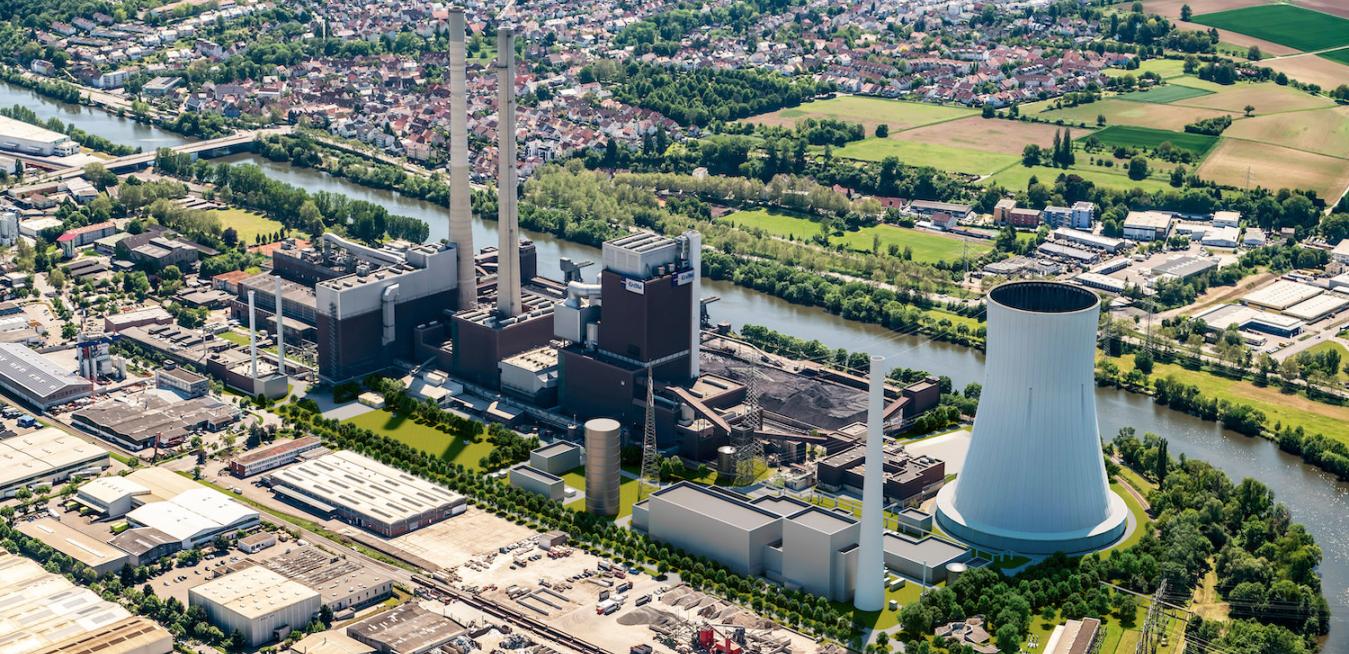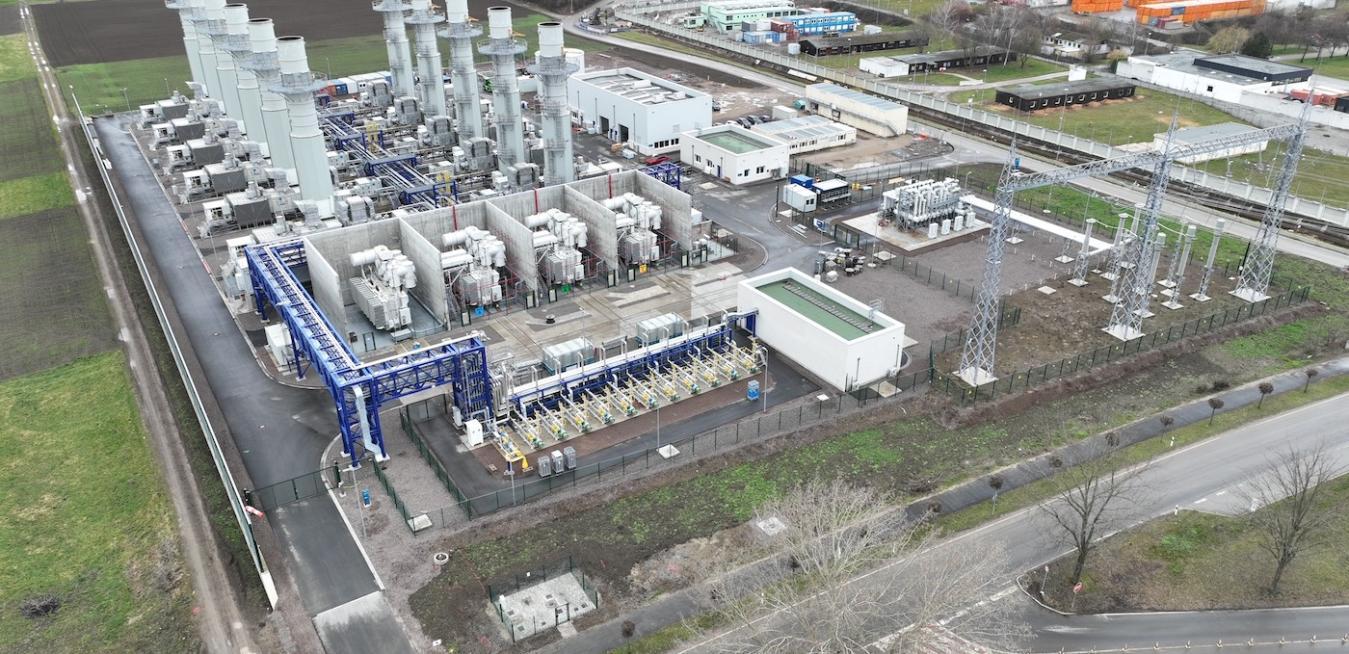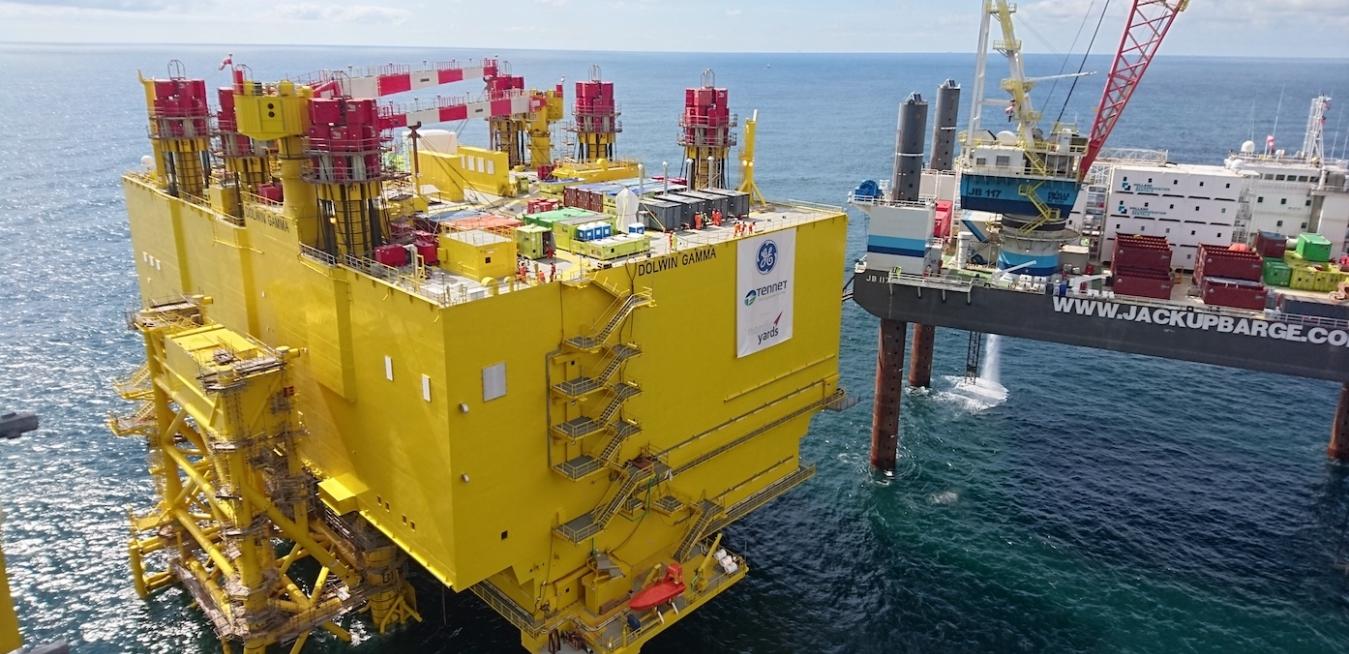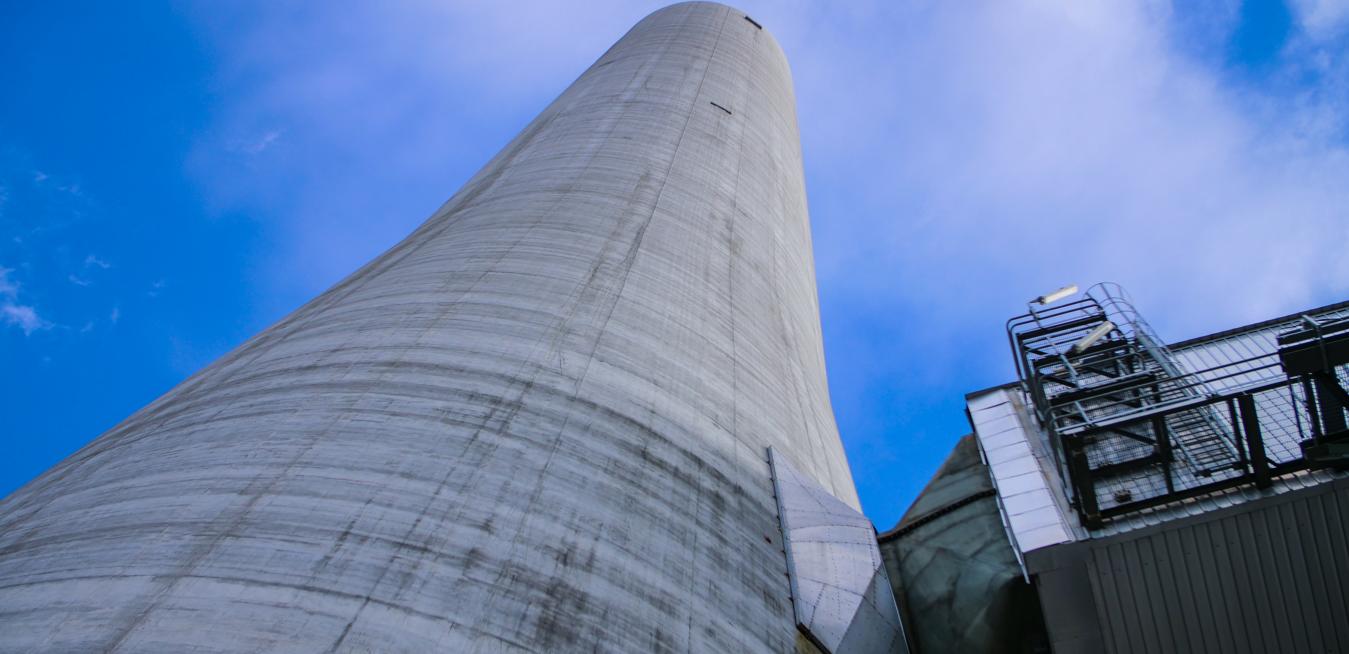- EnBW awarded two hydrogen-ready combined heat and power plants in Heilbronn and Altbach/Deizisau, near Stuttgart, to an international consortium, led by GE Vernova
- The two H-Class gas turbine powered plants are expected to deliver nearly 1.4 GW of electricity and steam for the citizens, commerce and industry of Heilbronn and the larger Stuttgart area
- The two projects will support coal-fired power phase out while enhancing the reliability and stability of the German electricity grid
- GE Vernova’s advanced 9HA.01 gas turbines will be
For media inquiries, please contact:
Laura Aresi
Public Relations Leader, Gas Power
GE Vernova
[email protected]
business unit
tags
It was in the southwestern German city of Stuttgart in the 1880s that Karl Benz devised what is considered the first automobile, the Benz Patent-Motorwagen No. 1. Today Stuttgart serves as the headquarters of automakers like Mercedes-Benz and Porsche, making the city synonymous with speed. So it’s fitting that Stuttgart is now one of the sites where the country is racing ahead of the pack in one of the 21st century’s biggest industrial challenges.
One door closes, and another opens. Not far from one of Germany’s many retired nuclear power plants is a new kind of generator, never before seen on the country’s electricity grid. Opened in March, the 300-megawatt (MW) Biblis Grid Stability Power Plant has one job and one job only: to ensure stability in tense grid situations, when supply and demand are out of balance. In the energy system of the future, such flexible operating resources are important for secure grid operation.
- RWE’s Biblis power plant expected to deliver up to 300 megawatts (MW) to the grid when required
- The plant is powered by 11 units of GE’s LM2500XPRESS* technology and includes GE’s gas-insulated-substation (GIS) equipment to improve electricity transmission over long distances
- First time a transmission system operator in Germany will benefit from a grid stability power plant
- Fast and flexible power supports Germany’s energy policy objectives targeting 80% of power generation from renewable sources and full phasing out
business unit
tags
Last May, four countries in Northern Europe declared their intention to install at least 65 gigawatts (GW) of offshore wind energy in the wind-rich North Sea by 2030, up from the current 20 GW. It’s another sign that the offshore wind industry is set for an unprecedented boom as the technology improves and countries rush to reduce their reliance on fossil fuels and speed the journey to net zero.
Gazing out from her balcony in the hills of Amioun, Lebanon, Maysaa Rizk felt lost. She was a teenage girl with big dreams in a place where girls weren’t supposed to dream of much beyond conventional, traditional careers. She wanted something more, something that would lift her out of financial hardship and enable her to make other people’s lives easier. But what? And how? As she brooded, staring over the olive fields that ring her town, the silvery trees began to shudder.
Like much of Europe and the U.S., Munich was under lockdown in late March. That didn’t stop local residents from opening their windows and taking a closer look at a colossal cargo festooned with a lengthy banner bearing a GE logo and inching its way through the Bavarian metropolis. “Hello, Munich – I am the new turbine, and I am driving the energy transition forward,” the banner said in German, referencing the country’s Energiewende, a project seeking to supply Europe’s largest economy with electricity coming chiefly from renewable sources by 2050.
The Ostroleka C power station, currently under construction in Poland, could be the last coal-fired power plant built in the European Union country. But that hardly means the technology inside it has no future.












